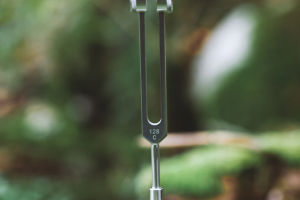Terrariums have gained popularity recently due to their visually appealing nature, low-maintenance requirements, and suitability for compact living spaces.
Enclosed in glass, these miniature gardens have the ability to sustain themselves, creating a small-scale ecosystem within.
Creating Your Terrarium
Embarking on a terrarium project can be a rewarding experience, especially during the winter months when outdoor gardening is not feasible. The process typically involves adding damp soil to a glass container, which can range from a small jar to a larger fish tank.
Deciding on Design
One of the key decisions to make when creating a terrarium is whether to opt for an open or closed design. This choice will impact the selection of plants that can thrive within the terrarium and the level of upkeep required. Closed terrariums have the advantage of being self-watering, with the moisture evaporating from the soil and then condensing on the glass walls.
However, not all plant varieties flourish in such an environment. For instance, orchids do best in partially open terrariums, necessitating occasional watering.
Optimal Plant Selection
The ideal plants for a terrarium environment are those that favor high humidity, warmth, and indirect or low light. Compact in size and diverse in appearance, the plants should offer a blend of textures and colors. Below are eight stunning plant varieties that thrive in terrariums.
1. African Violet (Saintpaulia)
2. Baby’s Tears (Soleirolia soleirolii)
3. Nerve Plant (Fittonia)
4. Pothos (Epipremnum aureum)
5. Spider Plant (Chlorophytum comosum)
6. Prayer Plant (Maranta leuconeura)
7. Air Plant (Tillandsia)
8. Club Moss (Selaginella)
By carefully selecting plants and maintaining the terrarium environment, you can enjoy a piece of thriving greenery indoors, regardless of the season. Terrariums offer a unique way to appreciate nature's beauty within the confines of your home.


